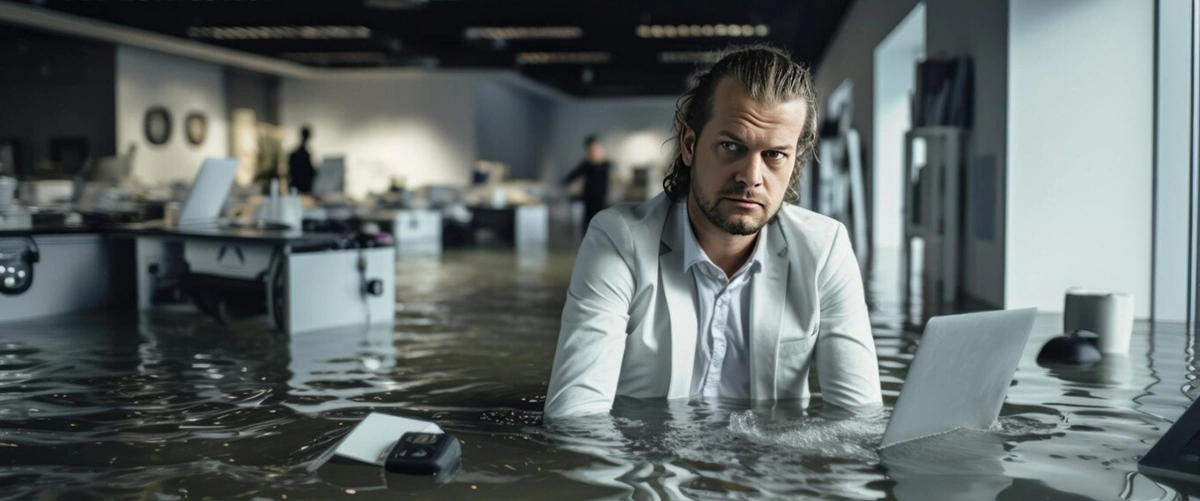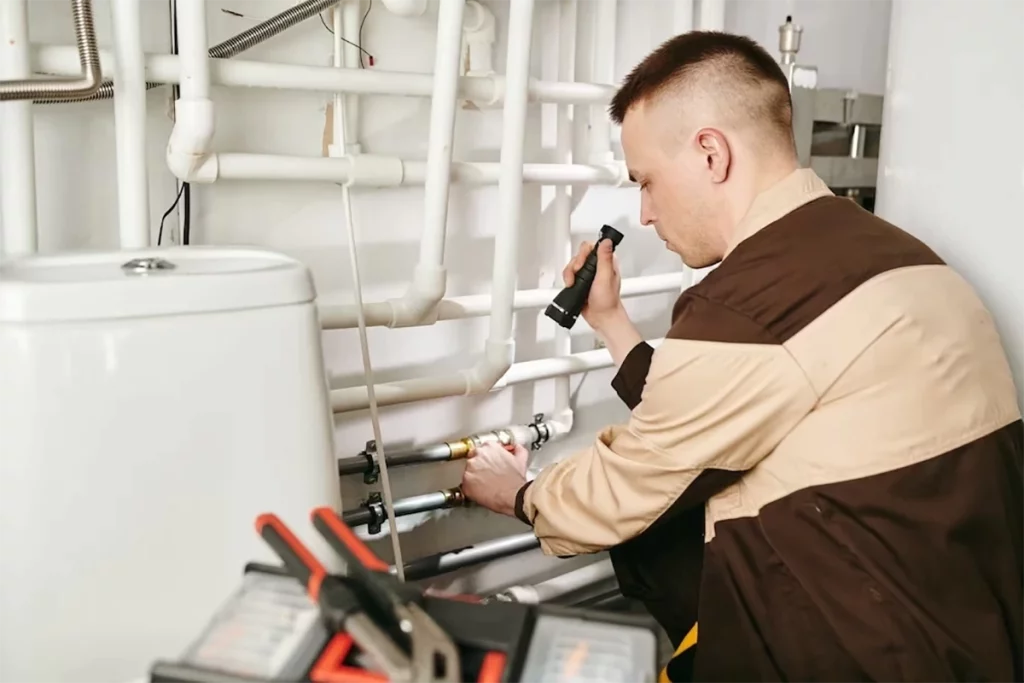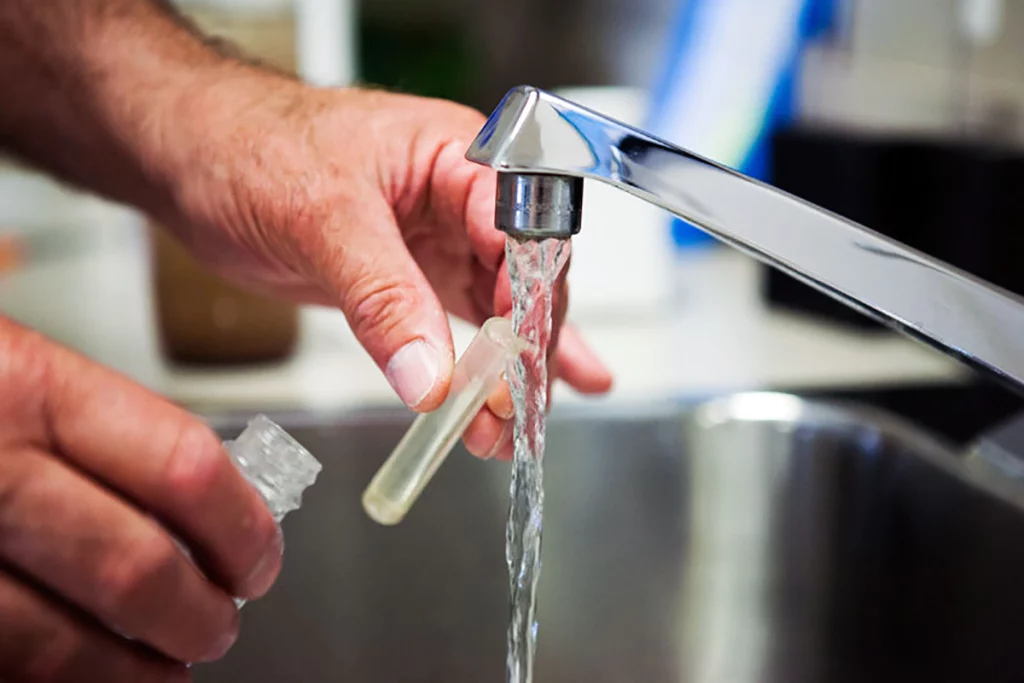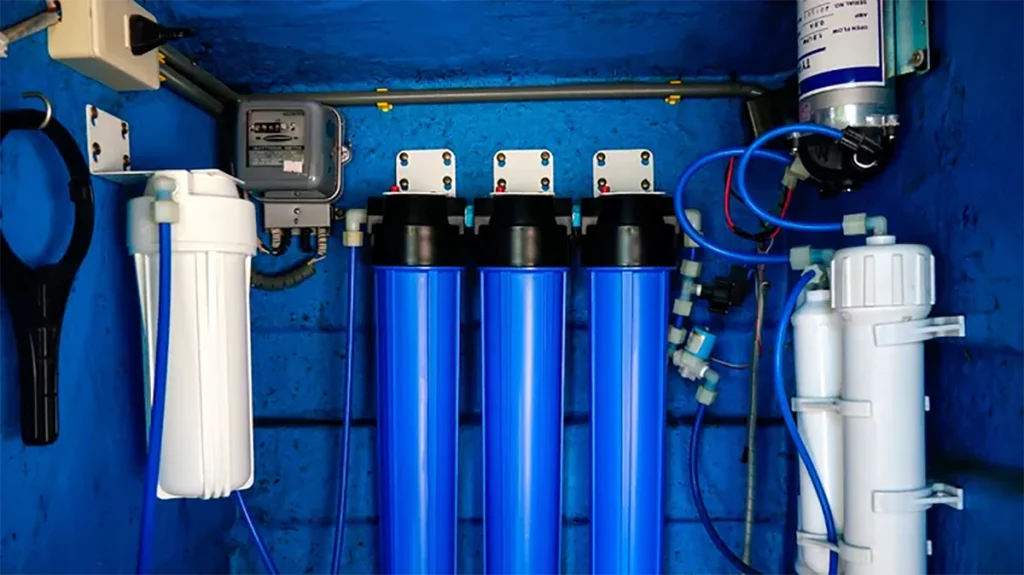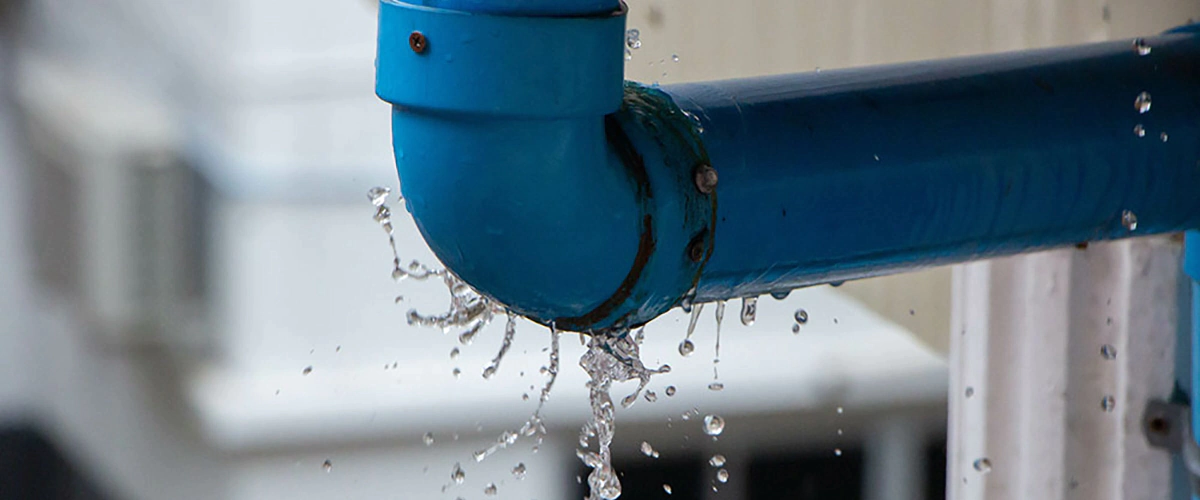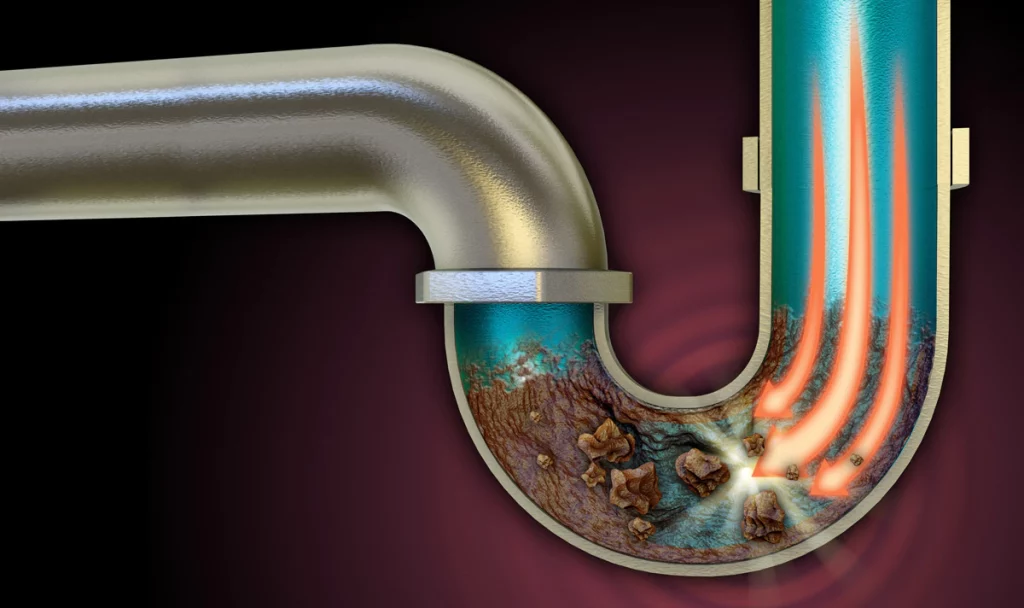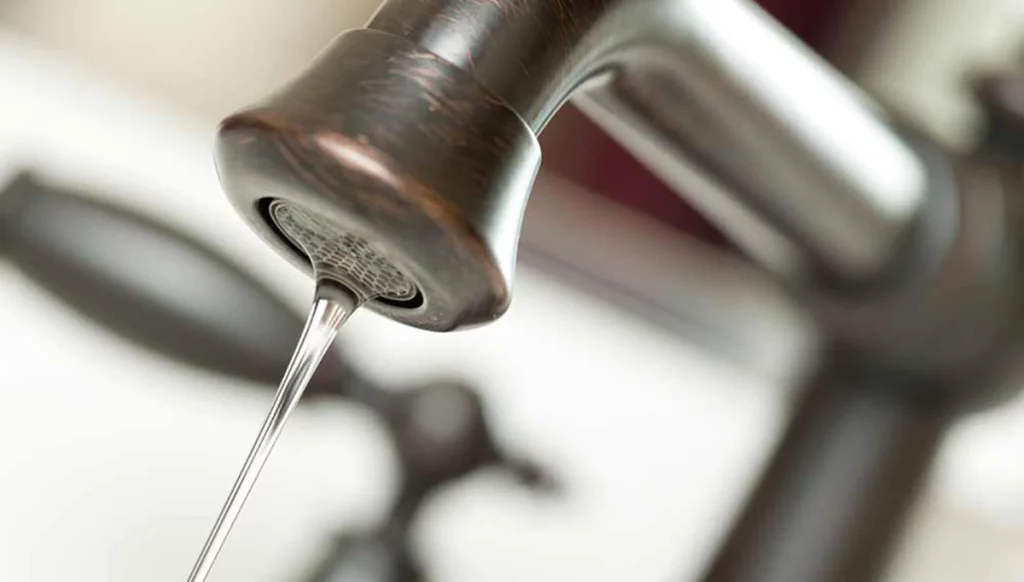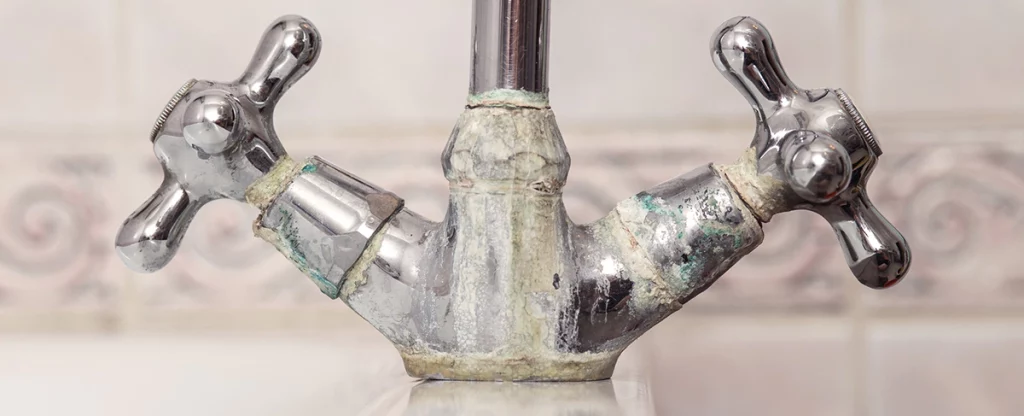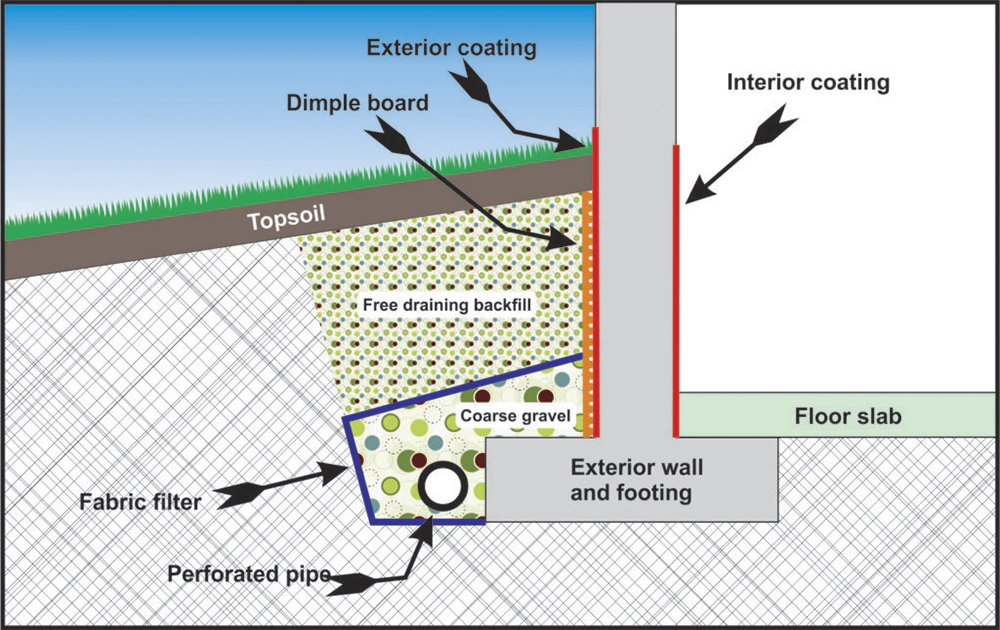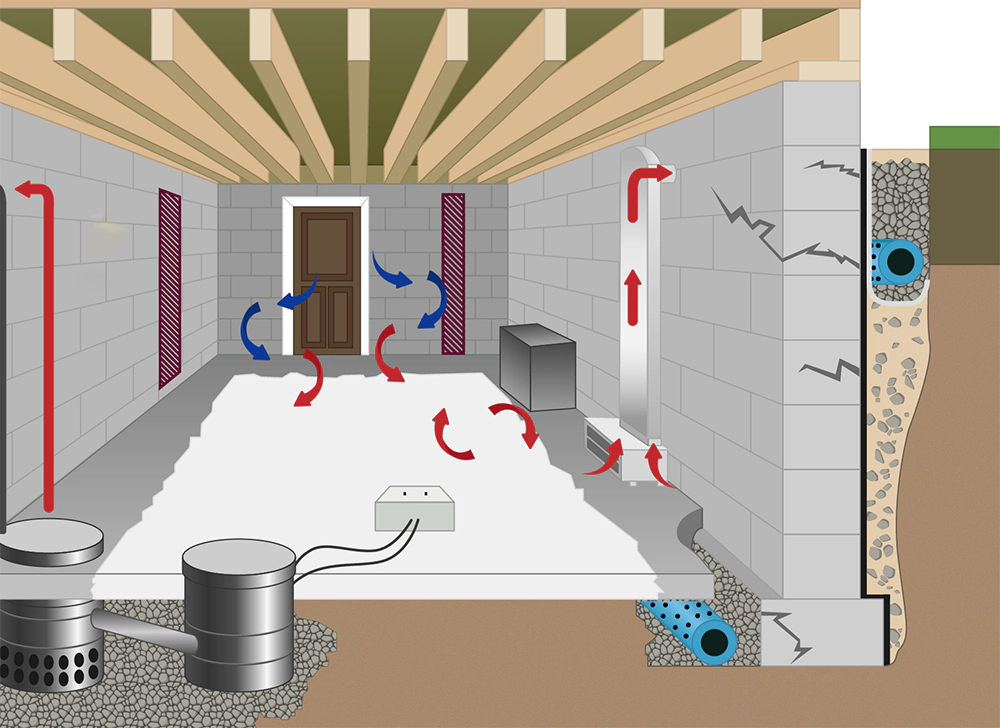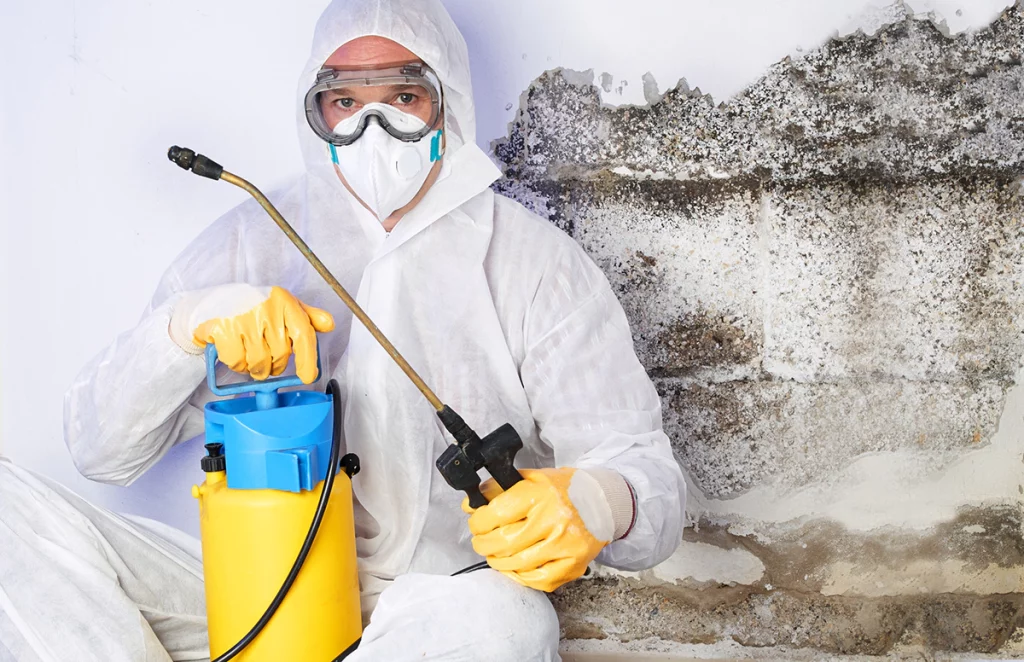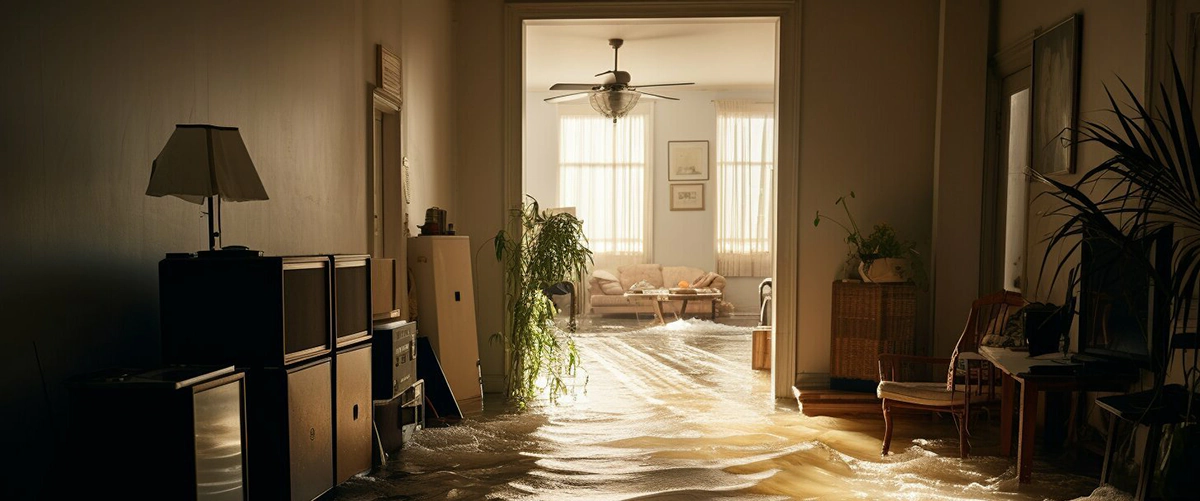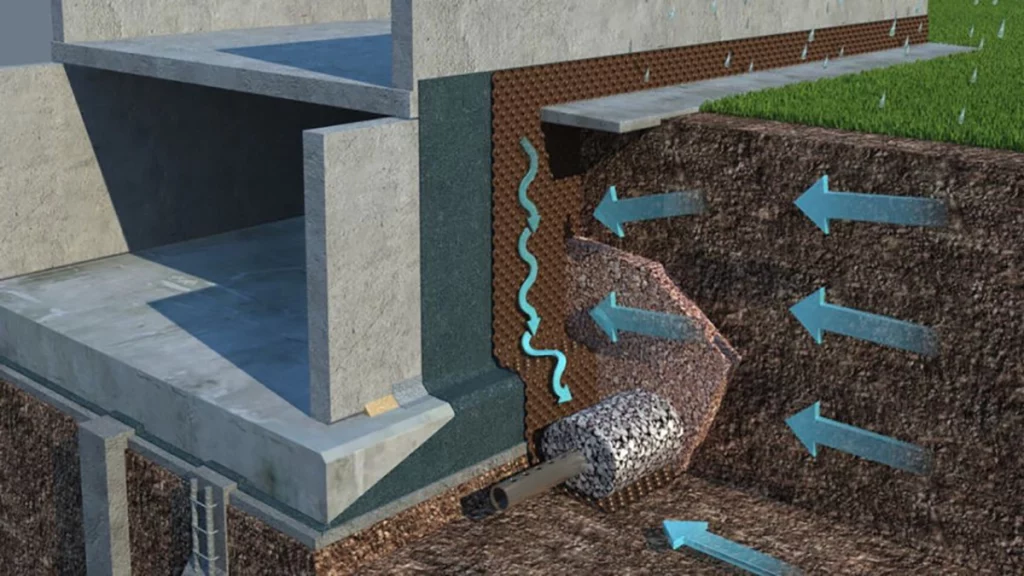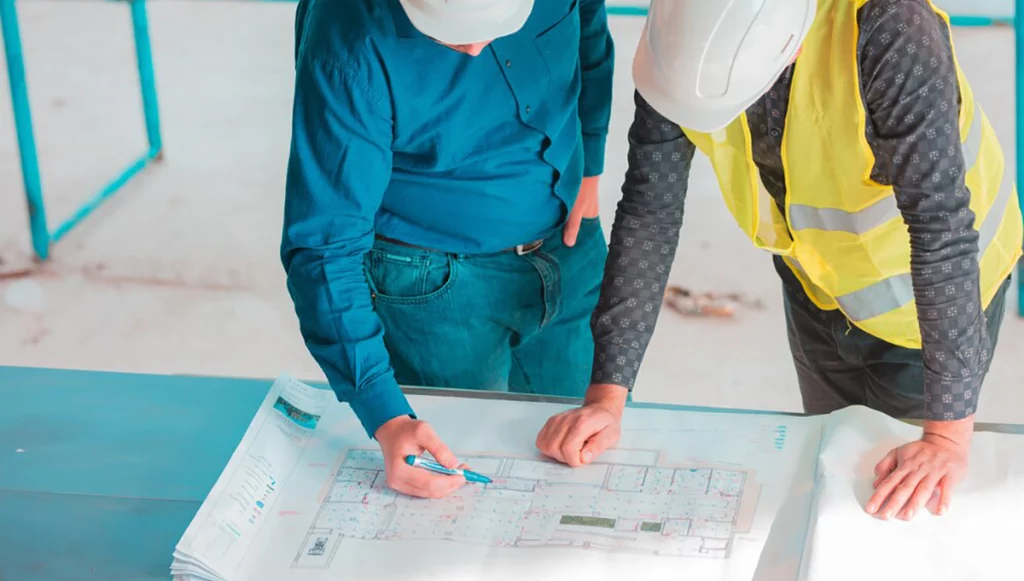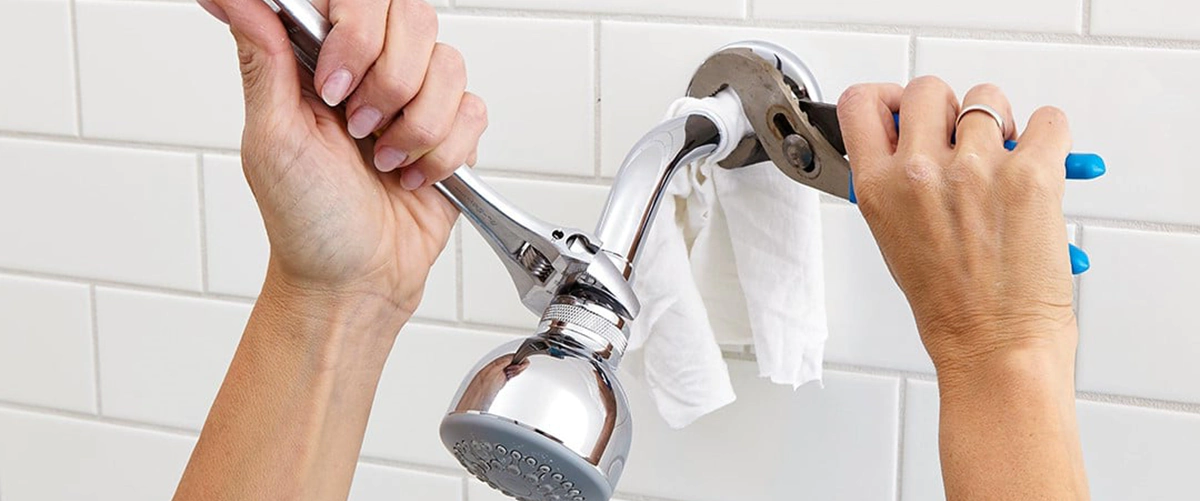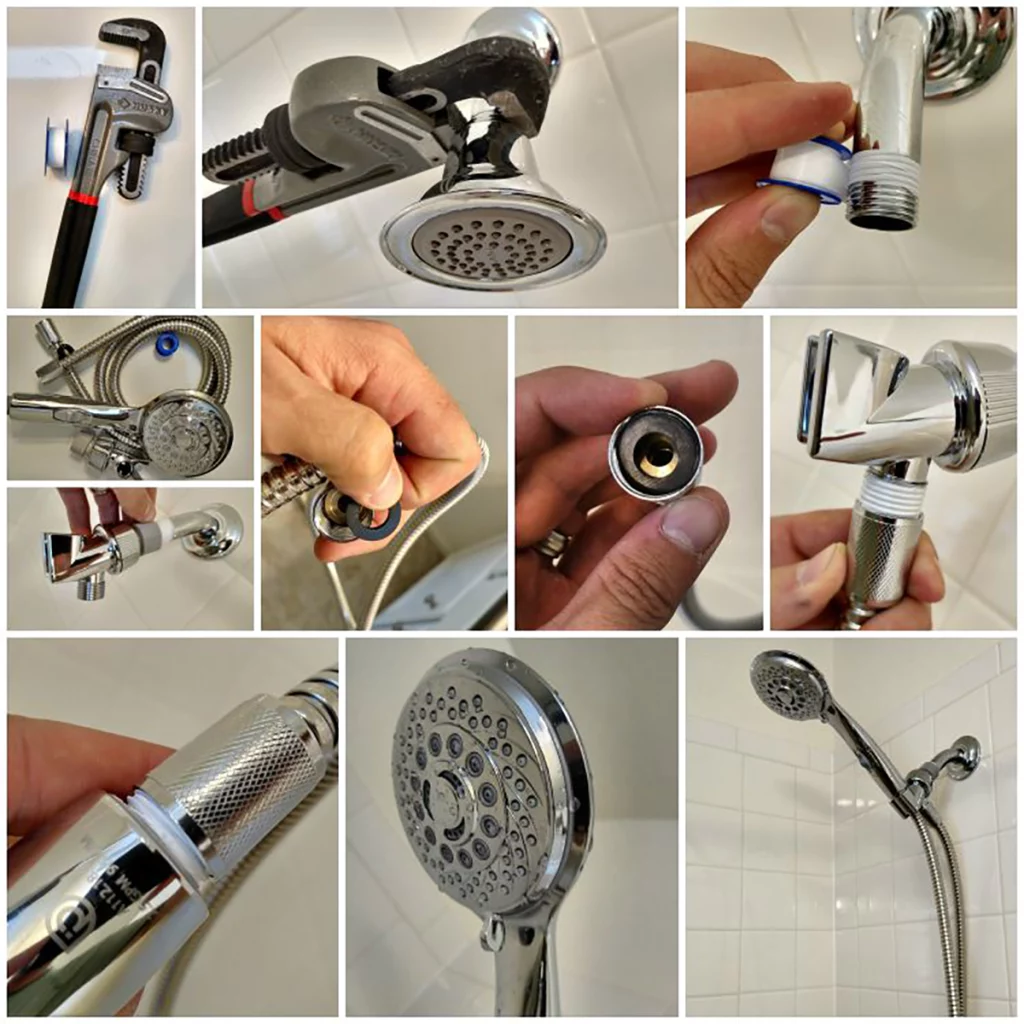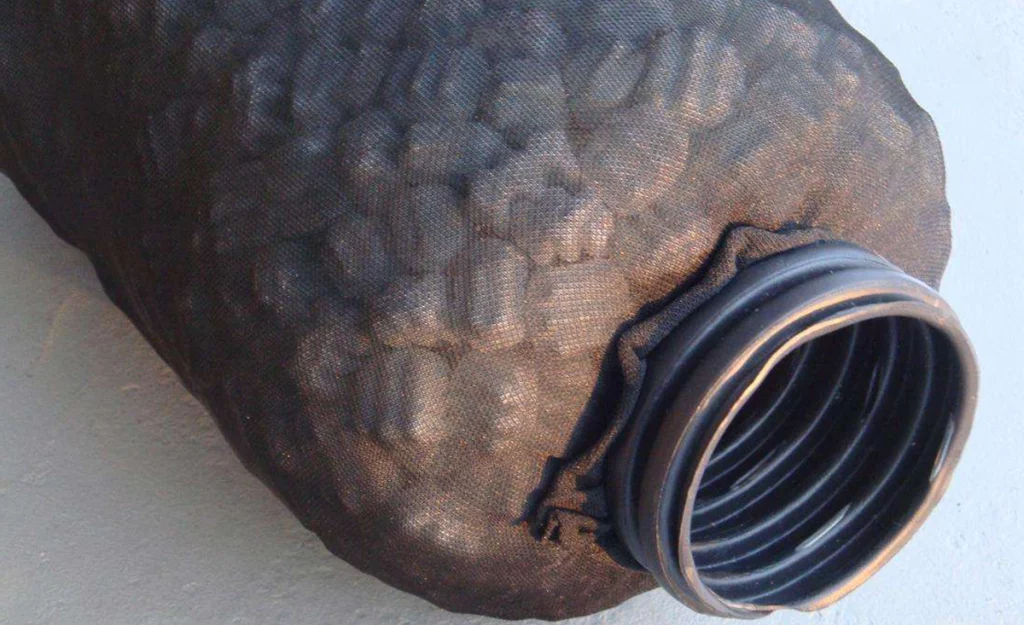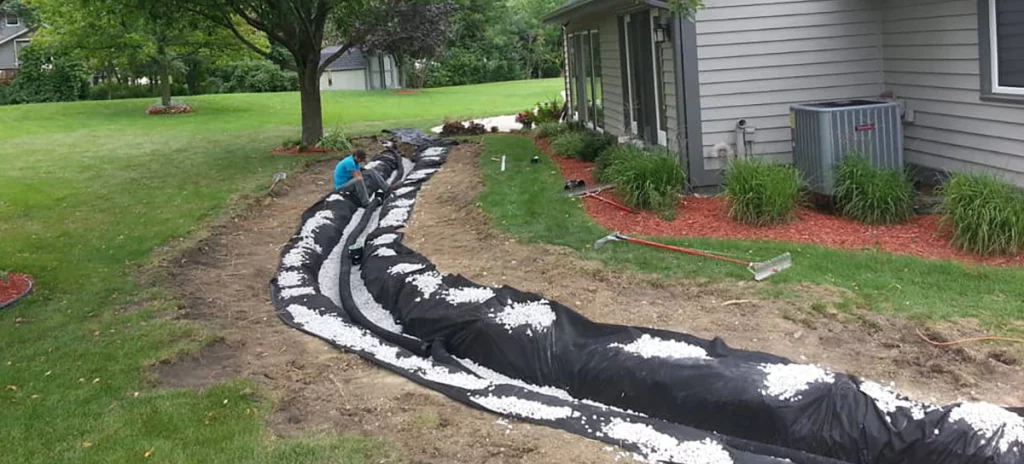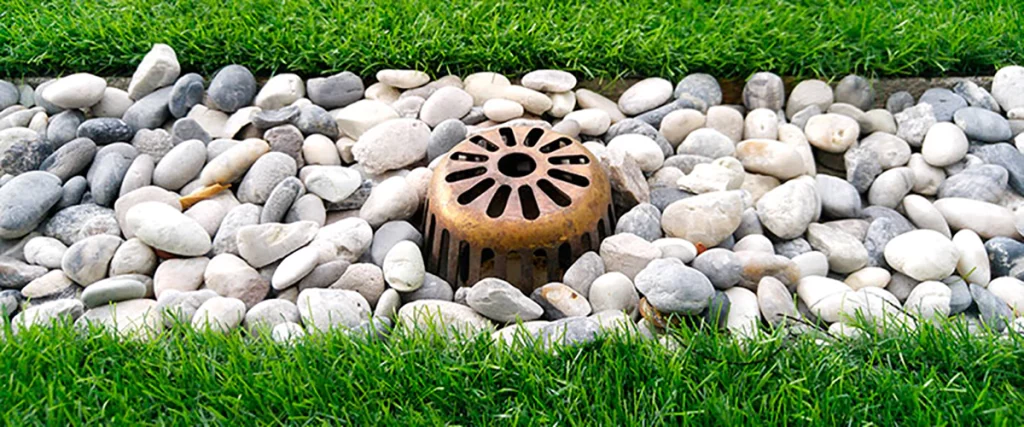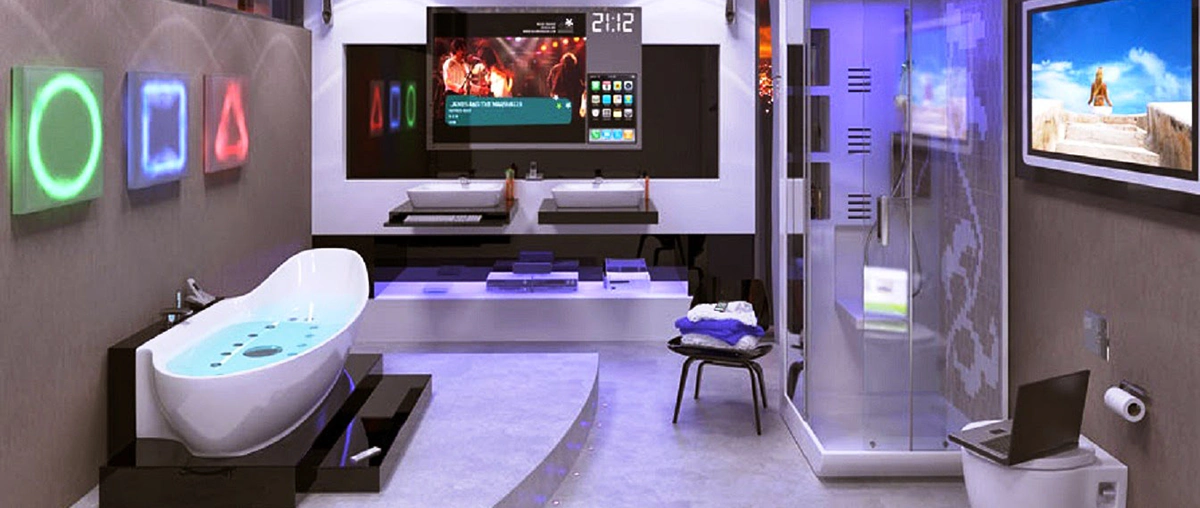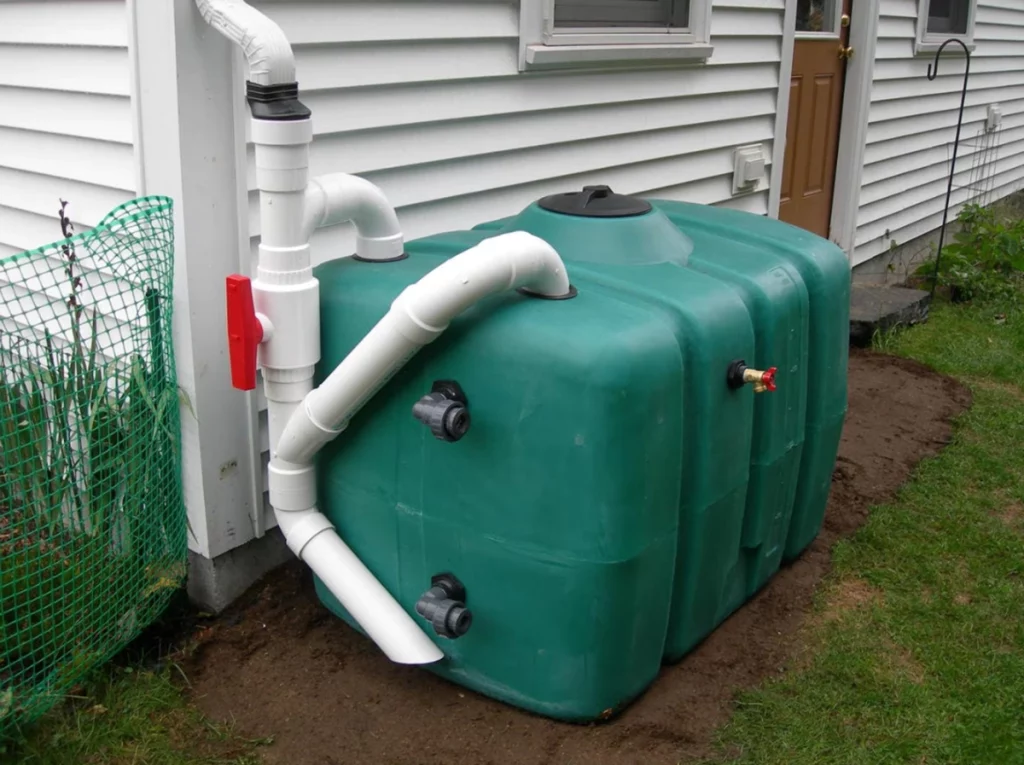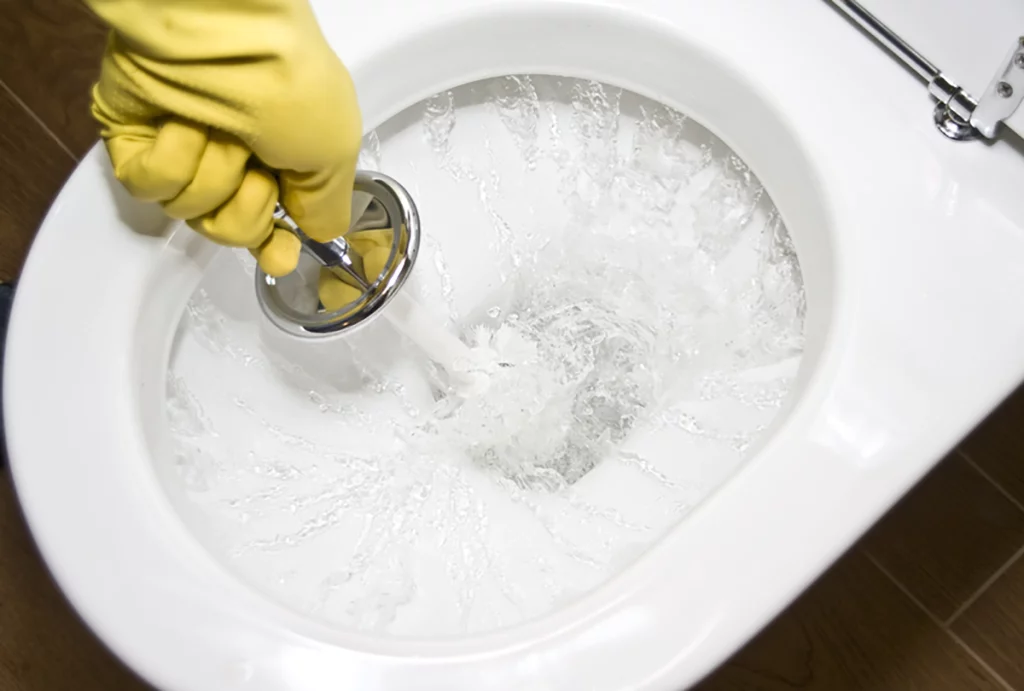Sewer line issues are often out of sight, out of mind until they become major problems. Homeowners and property managers are increasingly turning to innovative solutions to tackle these challenges, with sewer line camera inspections taking centre stage. In this article, we explore the manifold benefits of incorporating sewer line camera inspections into your maintenance routine.
Sewer line camera inspections are a modern and efficient method for diagnosing plumbing issues. Below is a table outlining the key benefits of using camera inspections for sewer lines:
| Benefit | Description |
| Accurate Diagnosis | Cameras provide a real-time, inside look at the condition of sewer pipes, allowing for precise identification of issues such as blockages, cracks, and other defects. |
| Cost-Effective | By pinpointing the exact problem area, these inspections help avoid unnecessary repairs and reduce overall maintenance costs. |
| Non-Invasive Method | Unlike traditional methods that may require digging up large sections of a yard, camera inspections are minimally invasive, preserving property aesthetics and structure. |
| Preventative Maintenance | Regular inspections can catch small issues before they become major problems, saving homeowners significant future expenses. |
| Detailed Visual Documentation | Provides visual proof of the pipe’s condition, which is useful for insurance claims, property evaluations, and compliance with regulations. |
| Time-Saving | Camera inspections are quick and detailed, reducing the time it takes to find and assess problems compared to older methods. |
| Helps in Buying/Selling Homes | For home transactions, having documented proof of the sewer line condition can aid in negotiations and ensure transparency. |
| Locates Lost Items | Cameras can find lost valuables that have accidentally been flushed or dropped into drains. |
| Identifies Pipe Layout | Helps homeowners and professionals understand the layout of underground plumbing, which is beneficial for future renovations or repairs. |
| Environmental Assessment | Inspections can detect potential issues that could lead to environmental damage, such as leaks contaminating the soil. |
This table highlights how sewer line camera inspections can be a valuable tool for maintaining the integrity of plumbing systems, providing benefits from cost savings to environmental protection.
The Importance of Sewer Line Maintenance
Preventing potential disasters. Regular sewer line maintenance is like insurance for your property. It acts as a preventive measure against potential disasters such as sewage backups, leaks, and pipe bursts. By proactively identifying and addressing issues through camera inspections, you can avoid the headache and expense of dealing with a full-blown crisis.
Ensuring a healthy and functional sewer system. A well-maintained sewer system is essential for the smooth functioning of your property. Sewer line camera inspections enable a thorough examination of the pipes, ensuring that they are free from blockages, cracks, and other issues that could compromise their functionality. This not only prevents disruptions but also extends the lifespan of your sewer system.
How Sewer Pipe Inspection Camera Revolutionizes
Cutting-edge technology in sewer inspection. Traditional methods of inspecting sewer lines often involve guesswork and invasive procedures. Enter sewer pipe inspection cameras – a revolutionary technology that brings clarity to the inspection process. These cameras are equipped with advanced imaging capabilities, providing real-time visual assessments of the interior of sewer lines.
Real-time visual assessment of sewer lines. Unlike traditional inspections that rely on guesswork or time-consuming excavation, sewer line cameras offer a real-time view of the inside of the pipes. This not only saves time but also allows for more accurate and immediate detection of issues. The visual data obtained from these inspections aids in making informed decisions about necessary repairs or maintenance.
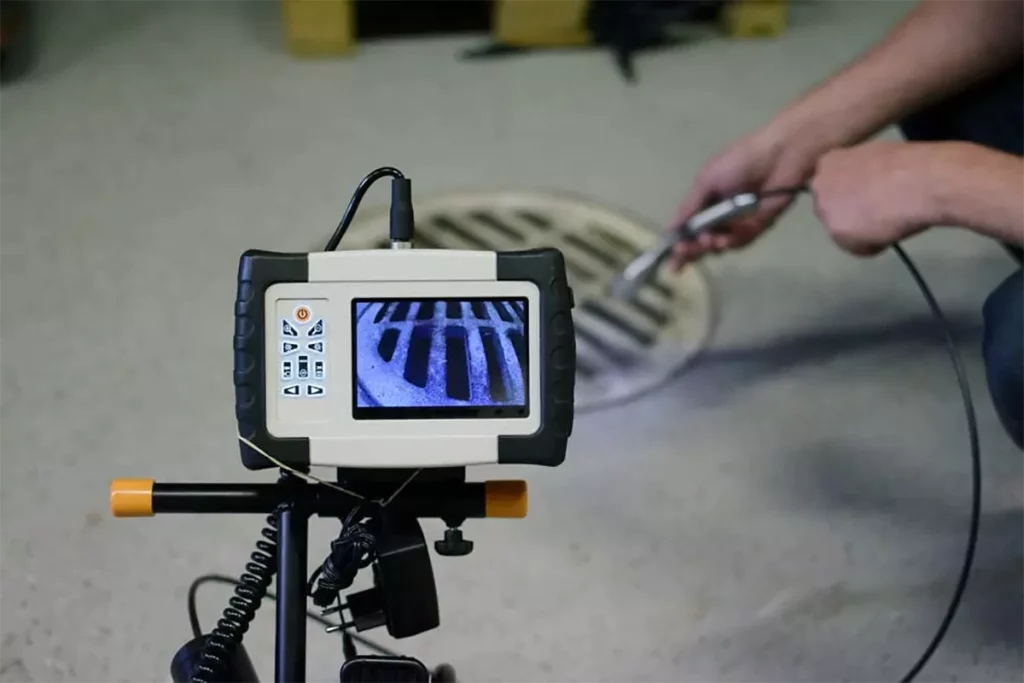
Advantages Sewer Drain Camera Beyond Blockage Detection
Identifying underlying issues. While blockages are a common concern in sewer lines, there can be underlying issues that go unnoticed without proper inspection. Sewer drain cameras go beyond mere blockage detection; they reveal the condition of the entire pipeline. This includes identifying cracks, leaks, root intrusions, and other issues that could lead to more severe problems if left unaddressed.
Early detection of potential problems.The key to avoiding major sewer-related issues is early detection. Sewer drain cameras excel in spotting potential problems before they escalate. This proactive approach allows property owners to address issues promptly, preventing costly repairs and minimising the impact on the property and its occupants.
Preventing Costly Repairs with Camera Inspections
Cost-effectiveness of proactive maintenance. Investing in regular sewer line camera inspections may seem like an additional expense, but it’s a cost-effective strategy in the long run. Proactive maintenance helps identify and address issues early on, preventing them from evolving into more significant problems that would require extensive and expensive repairs.
Avoiding major repair expenses. Sewer line issues, when left unattended, can result in significant repair expenses. By regularly inspecting your sewer lines with cameras, you can catch problems in their early stages, saving you from the financial burden of major repairs. This approach not only protects your property but also ensures peace of mind.
Environmental Benefits of Sewer Line Monitoring
Impact of sewer issues on the environment. Sewer problems not only affect property owners but also have environmental repercussions. Untreated leaks and backups can contaminate soil and water sources, posing a threat to ecosystems. By actively monitoring sewer lines with cameras, property owners contribute to environmental conservation by preventing pollution and minimising their ecological footprint.
Contribution to environmental conservation through proactive inspections.Taking a proactive stance in sewer line maintenance is a responsible choice for property owners who care about the environment. Regular camera inspections not only protect your property but also play a part in preserving the surrounding environment. By preventing leaks and other issues, you contribute to the overall health of your community and the planet.
Understanding Sewer Line Health
Factors affecting sewer line health. Understanding the factors that influence sewer line health is crucial for effective maintenance. Various elements, such as the age of the pipes, materials used, and external factors like tree roots, can impact the condition of sewer lines. Through camera inspections, property owners gain valuable insights into these factors, enabling them to make informed decisions about maintenance and repairs.
Importance of regular check-ups. Just as you visit a doctor for regular health check-ups, your sewer lines also need routine inspections. Regular check-ups using sewer line cameras help identify issues early on, preventing them from escalating into major problems. This proactive approach ensures the ongoing health and functionality of your sewer system.
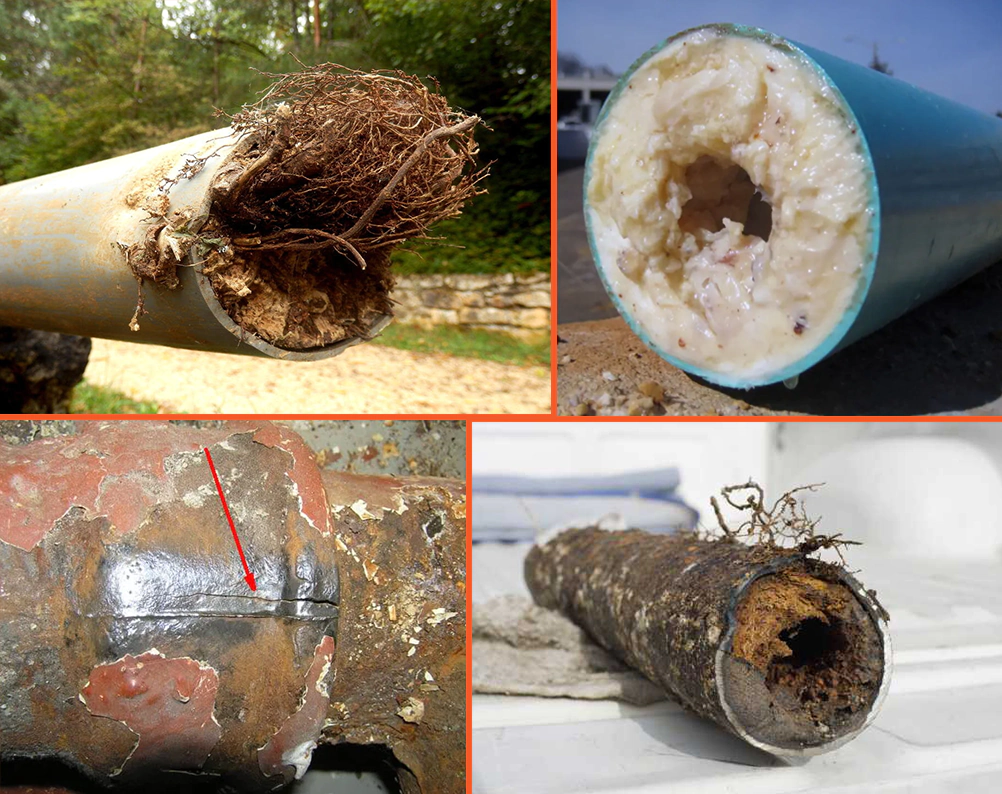
What to Expect from Video Inspections
Detailed insights into the inspection process. Many property owners are curious about what happens during a sewer line camera inspection. These inspections involve inserting a waterproof camera into the sewer lines, capturing high-resolution images and videos of the interior. Property owners can expect a detailed report outlining the condition of the pipes, including any issues detected and recommendations for addressing them.
Understanding the findings and recommendations.The findings of a sewer line camera inspection are presented in a comprehensive report. This report includes visual evidence of the current state of the sewer lines and any identified issues. Property owners can then work with professionals to understand the findings and make informed decisions about necessary repairs or maintenance.
Choosing the Right Professionals for Camera Inspections
Selecting the right professionals for sewer line camera inspections is paramount to ensuring the effectiveness and reliability of the process. Here are some key considerations to keep in mind:
Qualities to Look for in a Sewer Line Inspection Service
- Experience:
When choosing a service provider, prioritise experience. An experienced team is likely to have encountered a variety of sewer line issues, making them adept at identifying and addressing problems efficiently. Look for a company with a proven track record in providing reliable sewer line inspection services.
- Proven Track Record:
A reputable sewer line inspection service should be able to provide references or testimonials from satisfied customers. Check reviews and testimonials to gauge the satisfaction levels of previous clients. A proven track record is a strong indicator of the quality of service you can expect.
- Latest Technology:
Sewer line inspection technology is continually advancing. Opt for a service provider that utilises the latest equipment and technology. Advanced cameras and inspection tools ensure a more accurate and thorough assessment of your sewer lines. This commitment to staying current demonstrates a dedication to providing high-quality services.
- Customer Satisfaction:
A customer-centric approach is crucial in the service industry. Choose professionals who prioritise customer satisfaction. This includes clear communication, responsiveness to queries, and a commitment to resolving any concerns or issues promptly. A service provider who values customer feedback is likely to be invested in delivering a positive experience.
- Transparency in Services:
Transparency is key in any professional service. The chosen sewer line inspection professionals should be transparent about their processes, costs, and findings. A clear and detailed report of the inspection results, along with any recommended actions, is indicative of a service provider’s commitment to transparency.
- Importance of Experienced Professionals
Sewer line issues can be complex, and inexperienced professionals may struggle to accurately interpret the findings of a camera inspection. Experienced professionals bring a depth of knowledge and the ability to identify subtle signs of potential problems that could be overlooked by less seasoned individuals.
Additionally, seasoned professionals are more likely to provide practical solutions and valuable insights based on their past experiences. This expertise is invaluable when making decisions about necessary repairs or maintenance, contributing to the overall effectiveness of the sewer line inspection process.
DIY vs. Professional Sewer Line Camera Inspections
The choice between a do-it-yourself (DIY) approach and hiring professional services for sewer line camera inspections is a decision that property owners often face. Understanding the advantages and disadvantages of each option is crucial for making an informed choice.
Pros and Cons of DIY Sewer Line Camera Inspections
Pros:
- Cost Savings:
DIY sewer line camera inspection kits are available, offering a cost-effective alternative to professional services. This can be appealing for those on a tight budget. - Immediate Availability:
DIY kits are readily available and can be purchased for immediate use. This is advantageous for property owners who want to conduct inspections promptly.
Cons:
- Limited Expertise:
Conducting a sewer line inspection requires a certain level of expertise to interpret findings accurately. DIY users may lack the experience to identify subtle issues or understand the implications of the inspection results. - Risk of Missed Problems:
Without professional training, there is a risk of overlooking or misinterpreting critical issues within the sewer lines. This can lead to delayed interventions and potentially more extensive damage. - Equipment Limitations:
DIY kits may not provide the same level of sophistication as professional-grade equipment. This could result in lower-quality images and less comprehensive inspections.
Benefits of Professional Sewer Line Camera Inspections
- Expertise and Experience:
Professional sewer line inspectors possess the knowledge and experience to accurately assess the condition of sewer lines. Their expertise allows for a thorough examination, identifying potential issues that DIY users might miss. - Advanced Technology:
Professionals use state-of-the-art equipment, providing high-resolution images and real-time insights. This advanced technology ensures a comprehensive inspection, allowing for early detection of problems. - Reliable Recommendations:
Professionals can provide reliable recommendations based on the inspection findings. They can suggest appropriate solutions, whether it be preventive maintenance or targeted repairs, tailored to the specific needs of the property. - Efficiency and Time Savings:
Professional inspections are often more efficient, saving property owners time and effort. With their expertise, professionals can swiftly conduct inspections, allowing for quicker decision-making and action.
Future Trends in Sewer Camera Inspection Technology
As technology continues to evolve, so does the field of sewer camera inspections. Emerging trends promise to enhance the efficiency and accuracy of inspections, providing even more benefits to property owners.
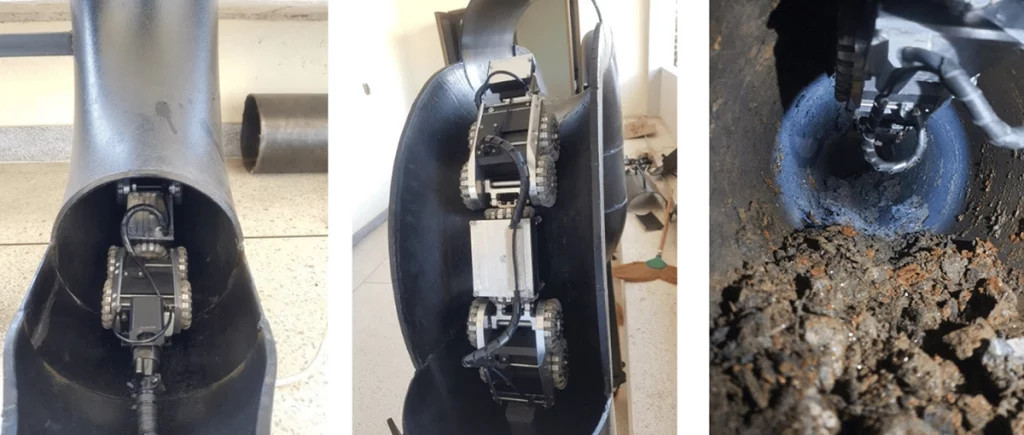
Anticipated Technological Advancements
- Robotics Integration:
Future sewer camera inspection technology is likely to see increased integration with robotics. Robotic devices could navigate sewer lines autonomously, providing more detailed and precise data. - Augmented Reality (AR) Applications:
AR applications may become a standard in sewer inspections, offering inspectors real-time data overlays and additional information during inspections. This could further streamline the decision-making process. - Enhanced Connectivity:
Improved connectivity features are expected, allowing property owners to access inspection results remotely in real-time. This enhanced accessibility fosters quicker response times to identified issues. - Environmental Sensors:
Integration of environmental sensors in sewer cameras may become a standard. These sensors could detect and monitor environmental factors within the sewer lines, providing a more comprehensive understanding of the system’s health.
In embracing these future trends, the field of sewer camera inspection technology is poised to deliver even more accurate, efficient, and insightful results, ensuring the continued health and functionality of sewer systems. Property owners can look forward to a technologically advanced approach to sewer maintenance and monitoring.
FAQ about the advantages of desk inspections of sewer lines
Yes, sewer line camera inspections are versatile and can be conducted on various types of properties, including residential, commercial, and industrial. These inspections are effective for both preventive maintenance and addressing existing issues.
While some DIY kits are available, professional sewer line camera inspections are recommended for accurate assessments. Professionals have the experience and knowledge to interpret the findings correctly, ensuring a thorough inspection and reliable results.
The frequency of sewer line camera inspections depends on factors like property age, usage, and environmental conditions. Generally, an annual inspection is advisable for preventive maintenance. However, properties with older sewer systems or frequent issues may benefit from more frequent inspections.

